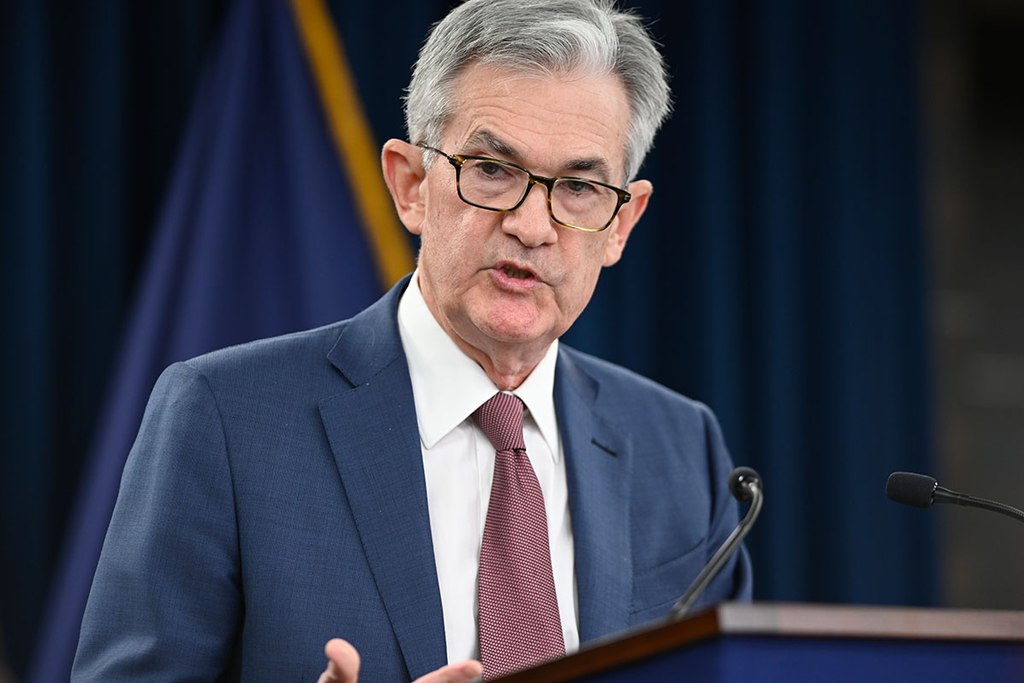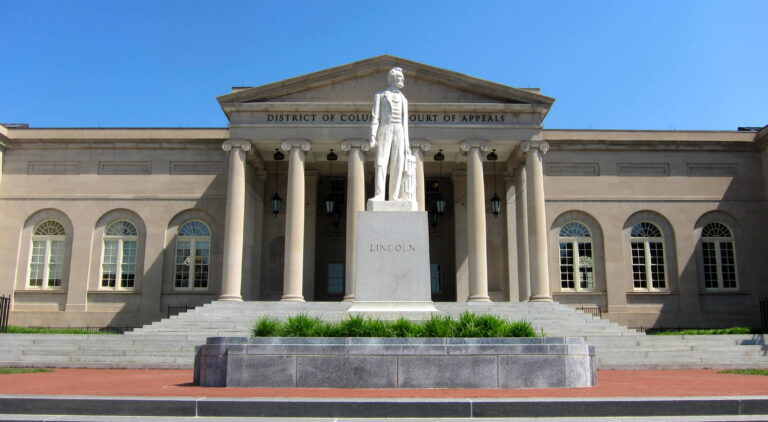
Nicholas Anway is a student at Harvard Law School.
In today’s news and commentary: We’re in the midst of a “structural” labor shortage, giving workers bargaining power.
“It feels like we have a structural labor shortage out there,” said Federal Reserve Chair Jerome Powell late last week. And according to Business Insider, the tight labor market is a source of worker power. There are just under 4 million more jobs than workers in the labor force, the Fed reported; the aggregate labor force participation rate remains stuck below pre-pandemic levels. Powell pointed to three factors as driving the worker shortage. First, “accelerated retirements”: Goldman Sachs estimated that of the 2.5 million people who retired during the pandemic, 1.5 million retired early. Second, Powell emphasized the pandemic’s tragic effects on workers, explaining that “[c]lose to half a million who would have been working died from COVID.” Third, the market is “missing” over one million immigrant workers, according to Giovanni Peri, the director of the Global Migration Center at the University of California at Davis. “If you ask businesses, you know, pretty much everybody you talk to says there aren’t enough people,” Powell said. The labor market demand, reports Insider, means that “employers are still offering more in attempts to get workers.”






Daily News & Commentary
Start your day with our roundup of the latest labor developments. See all
December 22
Worker-friendly legislation enacted in New York; UW Professor wins free speech case; Trucking company ordered to pay $23 million to Teamsters.
December 21
Argentine unions march against labor law reform; WNBA players vote to authorize a strike; and the NLRB prepares to clear its backlog.
December 19
Labor law professors file an amici curiae and the NLRB regains quorum.
December 18
New Jersey adopts disparate impact rules; Teamsters oppose railroad merger; court pauses more shutdown layoffs.
December 17
The TSA suspends a labor union representing 47,000 officers for a second time; the Trump administration seeks to recruit over 1,000 artificial intelligence experts to the federal workforce; and the New York Times reports on the tumultuous changes that U.S. labor relations has seen over the past year.
December 16
Second Circuit affirms dismissal of former collegiate athletes’ antitrust suit; UPS will invest $120 million in truck-unloading robots; Sharon Block argues there are reasons for optimism about labor’s future.